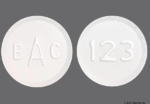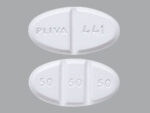Many people around the world suffer from migraine headaches. These headaches can often lead to a large amount of pain which can be debilitating for some people. Migraines are affecting a huge percentage of people and the causes are usually determined on an individual basis. People often use acupuncture to reduce the severity of the migraine headaches and reduce the frequency that they occur.
A migraine is a headache that can cause severe throbbing pain or a pulsing sensation, usually on one side of the head. It’s often accompanied by nausea, vomiting, and extreme sensitivity to light and sound.
These alternative therapies can also be used to reduce the side effects of migraines such as sickness, stress, muscle tension and fatigue.
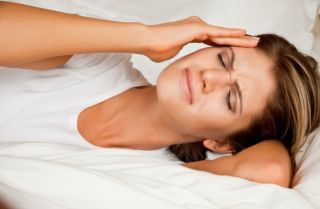
No matter what types of medication you take for migraine headaches they can produce unwanted side effects and symptoms. And unfortunately, they can also increase the intensity of the very pain they were intended to relieve.
Migraine is a neurological condition that is characterized by recurrent headaches that are often accompanied by other symptoms, such as sensitivity to light, sound, and smells. There are several types of migraines, including:
- Migraine without aura: This is the most common type of migraine, and it does not have any warning signs or “aura” before the headache starts.
- Migraine with aura: This type of migraine is characterized by a warning sign or aura that occurs before the headache starts. Auras may include visual disturbances, such as seeing flashing lights or zigzag lines, or sensory changes, such as tingling in the hands or face.
- Chronic migraine: This is a type of migraine that occurs for 15 or more days per month for at least three months. Chronic migraine can be a difficult condition to manage and may require specialized treatment.
- Menstrual migraine: This type of migraine occurs in women during their menstrual cycle, and is thought to be caused by changes in hormone levels.
- Vestibular migraine: This type of migraine is associated with dizziness or vertigo and can be accompanied by visual disturbances, such as blurred vision.
- Hemiplegic migraine: This is a rare type of migraine that can cause temporary paralysis or weakness on one side of the body.
- Retinal migraine: This type of migraine is characterized by temporary vision loss or blindness in one eye.
It’s important to note that each person may experience migraines differently, and the symptoms and triggers may vary from person to person. If you experience migraines, it’s important to work with a healthcare professional to identify the type of migraine you have and develop an individualized treatment plan.
The Triggrers of Migraine
There are many migraine headache triggers that will cause migraines and the first step toward eliminating this painful disorder is to determine what these triggers are and then eliminate them. Throbbing head pain is caused when the blood vessels surrounding the brain dilate. Placing a cold compress on the back of the neck can help minimize the flow of blood to the brain, thus relieving the throbbing pain.
The Remedies of Migraine
There are other effective home remedies that can help reduce pain. Massaging tight muscles can aid in relaxation and the best spots for massage are the muscles of the neck, shoulders, face, and head. Be sure to use the pads of your fingers or thumbs and rub your muscles gently, but firmly. Another migraine treatment that has shown good results is taking niacin, also known as vitamin B3. If taken in sufficient amounts it can cause a person’s body to flush, or turn red. Before beginning a proper treatment for migraine headaches relief, it isn’t uncommon for sufferers to wind up in a emergency room because of the unendurable pain. Constrictions of blood vessels that supply the brain with blood are the likely root cause of migraines.
The Medicines for Migraine
There are several medications available that can be used to manage migraine symptoms. Here are some of the best medicines for migraine:
- Triptans: Triptans are a class of drugs that are often prescribed to treat migraines. They work by constricting blood vessels in the brain and reducing inflammation. Some commonly used triptans include sumatriptan, rizatriptan, and zolmitriptan.
- Nonsteroidal anti-inflammatory drugs (NSAIDs): NSAIDs such as aspirin, ibuprofen, and naproxen can be effective in reducing the pain and inflammation associated with migraines.
- Ergotamines: Ergotamines are a class of drugs that are used to treat migraines. They work by constricting blood vessels in the brain and reducing inflammation. Some commonly used ergotamines include dihydroergotamine and ergotamine tartrate.
- Anti-nausea medications: Migraine attacks often cause nausea and vomiting, which can be effectively managed with anti-nausea medications such as metoclopramide, prochlorperazine, and ondansetron.
- Glucocorticoids: Glucocorticoids such as prednisone can be effective in reducing inflammation and relieving migraine symptoms.
- Fioricet – Fioricet is a combination medication containing butalbital, acetaminophen, and caffeine. It’s taken by mouth as needed, typically every 4 hours, to treat tension headaches. But it’s not a first-choice option because it can become habit-forming and can worsen headaches if taken too frequently. In addition, Fioricet can cause side effects, such as sleepiness and dizziness. It’s available as pills and an oral syrup.
It’s important to note that the best medication for migraine may vary from person to person, and a healthcare provider should be consulted for proper diagnosis and treatment.
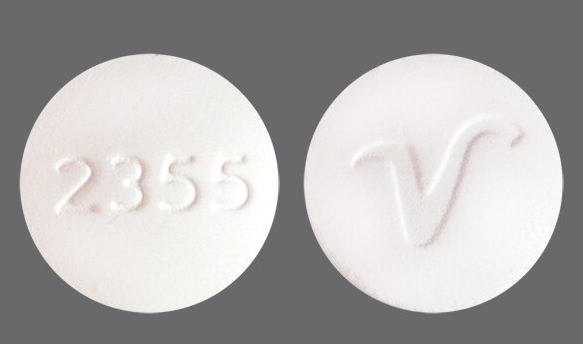
Migraines are a medical condition that impairs millions of people each year. While migraines differ in severity, common symptoms include altered perceptions, severe headaches, and nausea. Preventative migraine headache treatment options are used to prevent – or reduce – the number of migraines a person suffers from. Treatment usually is in the form of a medication or patch. Trigger management migraine treatments are aimed at identifying what causes migraines. Triggers can include a change of weather, air pressure, bright lights, glare, fluorescent light, fumes, and foods.
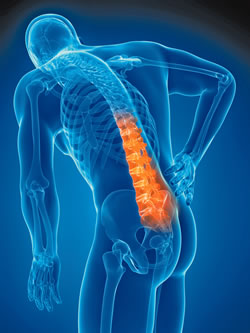
General Pain Management
migraine can often be effectively managed through lifestyle changes such as regular exercise, adequate sleep, and stress reduction techniques.
General pain management for migraine headache treatment can be used to treat non-life threatening migraines. Treatment options include the use of narcotic analgesics, non-steroidal anti-inflammatory drugs, and simple analgesics. As someone who has the unfortunate task of dealing with migraines you will surely be seeking some kind of migraine headache treatment to relieve yourself of the agony and pain that migraines come bearing when they do attack.
Pain management involves a variety of techniques and treatments that aim to reduce or alleviate pain. Here are some general pain management strategies:
- Over-the-counter pain relievers: Non-steroidal anti-inflammatory drugs (NSAIDs) such as aspirin, ibuprofen, and naproxen can help alleviate mild to moderate pain.
- Prescription pain medications: Opioids such as morphine, oxycodone, and hydrocodone can be used to treat moderate to severe pain, but they should be used with caution due to their potential for addiction and other side effects.
- Physical therapy: Physical therapy can help relieve pain through exercises and other techniques that strengthen muscles and improve mobility.
- Massage therapy: Massage therapy can help reduce muscle tension and alleviate pain.
- Acupuncture: Acupuncture involves inserting thin needles into specific points on the body to help alleviate pain.
- Chiropractic care: Chiropractic care involves the manipulation of the spine to help alleviate pain and improve mobility.
- Heat and cold therapy: Applying heat or cold to the affected area can help alleviate pain and reduce inflammation.
- Transcutaneous electrical nerve stimulation (TENS): TENS involves the use of a small device that delivers electrical impulses to the affected area to help alleviate pain.
- Naturedly relieve Migraine
It’s important to note that the best pain management strategy may vary depending on the type and severity of the pain, and a healthcare provider should be consulted for proper diagnosis and treatment.
Pain Medications, Pain Relief, and Pain Management

